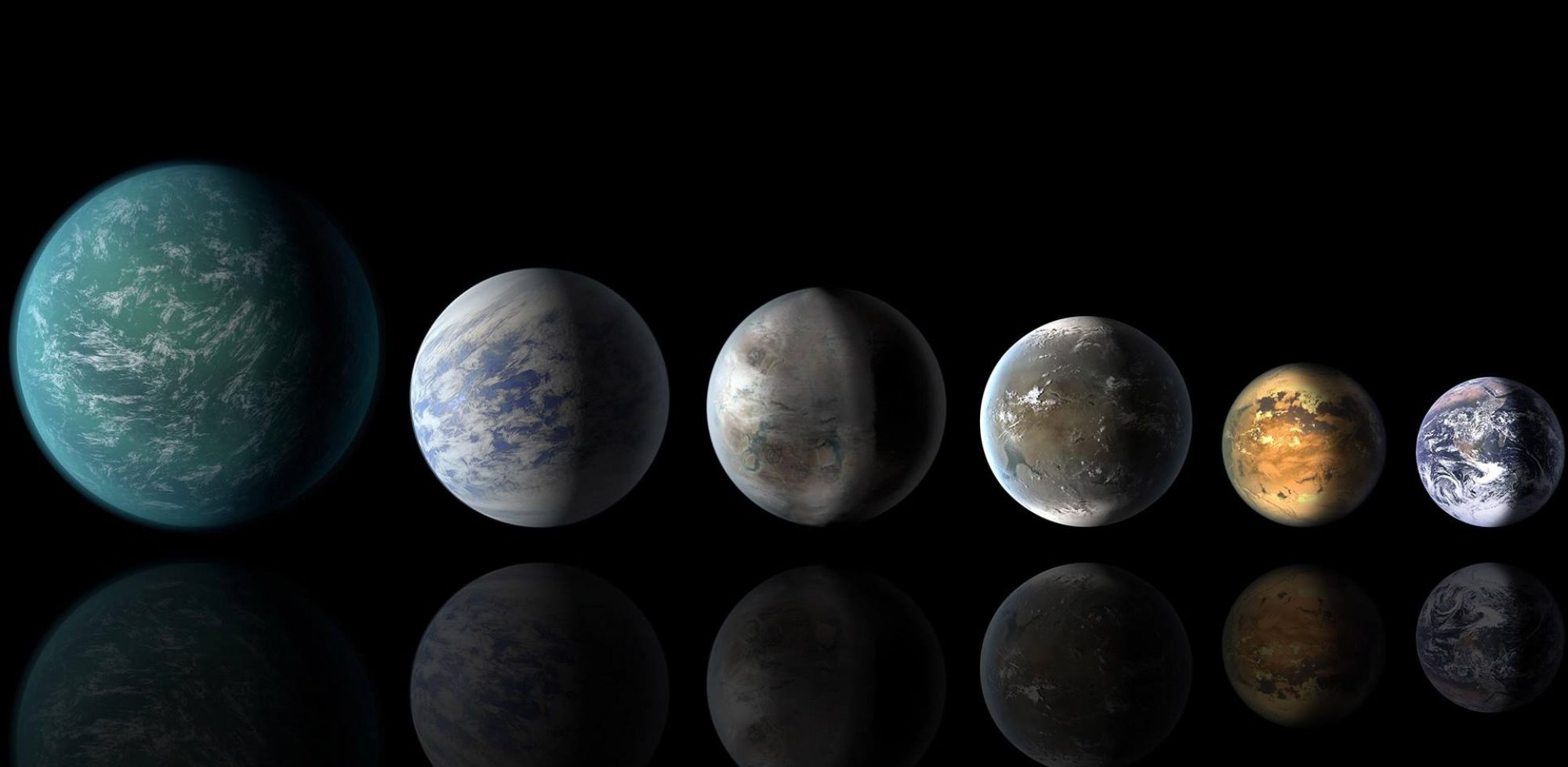Some time later this summer, it is predicted, the National Academy of Sciences will release its long-awaited Decadal Survey for astrophysics, which is expected to recommend the science and architecture that NASA should embrace for its next "Great Observatory." Many Worlds earlier featured one of the four concepts in the running -- LUVOIR or the …
Sure UFOs Exist. But There’s No Reason To Conclude That Aliens Are Flying Them
It seems to happen with some regularity. Claims that Unidentified Flying Objects are visiting us have captured the public imagination once more and a big reveal is expected soon. That will come, oddly, from a government report required to be released by the end of June that will supposedly detail the many sightings made by …
Continue reading "Sure UFOs Exist. But There’s No Reason To Conclude That Aliens Are Flying Them"
The Space Telescope That Could Find a Second Earth
What will it take to capture images and spectra of a distant world capable of harboring life? By Marc Kaufman Air & Space Magazine | Subscribe April 2021 Share to Facebook For all the excitement surrounding the search for distant exoplanets in recent years, the 4,000-plus planets confirmed so far have been unseen actors …
Continue reading "The Space Telescope That Could Find a Second Earth"
More Weird and Wild Planets
The more we learn about the billions upon billions of planets that orbit beyond our solar system, the more we are surprised by the wild menagerie of objects out there. From the start, many of these untolled planets have been startling, paradigm-breaking, mysterious, hellish, potentially habitable and just plain weird. Despite the confirmed detection of …
Why Not Assemble Space Telescopes In Space?
As we grow more ambitious in our desires to see further and more precisely in space, the need for larger and larger telescope mirrors becomes inevitable. Only with collection of significantly more photons by a super large mirror can the the quality of the "seeing" significantly improve. The largest mirror in space now is the …
Continue reading "Why Not Assemble Space Telescopes In Space?"
Great Nations Need Great Observatories
The Hubble Space Telescope, arguably the jewel in the crown of NASA's science missions, was launched 29 years ago. It has been providing scientists and the public with a steady stream of previously unimagined insights about the cosmos -- plus those jaw-dropping, very high-resolution images like the one above -- pretty much ever since. It …
A National Strategy for Finding and Understanding Exoplanets (and Possibly Extraterrestrial Life)
An extensive, congressionally-directed study of what NASA needs to effectively learn how exoplanets form and whether some may support life was released today, and it calls for major investments in next-generation space and ground telescopes. It also calls for the adoption of an increasingly multidisciplinary approach for addressing the innumerable questions that remain unanswered. …
False Positives, False Negatives; The World of Distant Biosignatures Attracts and Confounds
What observations, or groups of observations, would tell exoplanet scientists that life might be present on a particular distant planet? The most often discussed biosignature is oxygen, the product of life on Earth. But while oxygen remains central to the search for biosignatures afar, there are some serious problems with relying on that molecule. It …
False Positives, False Negatives; The World of Distant Biosignatures Attracts and Confounds
What observations, or groups of observations, would tell exoplanet scientists that life might be present on a particular distant planet? The most often discussed biosignature is oxygen, the product of life on Earth. But while oxygen remains central to the search for biosignatures afar, there are some serious problems with relying on that molecule. It …
Putting Together a Community Strategy To Search for Extraterrestrial Life
I regret that the formatting of this column was askew earlier; I hope it didn't make reading too difficult. But now those problems are fixed. Behind the front page space science discoveries that tell us about the intricacies and wonders of our world are generally years of technical and intellectual development, years of planning and …
Continue reading "Putting Together a Community Strategy To Search for Extraterrestrial Life"
